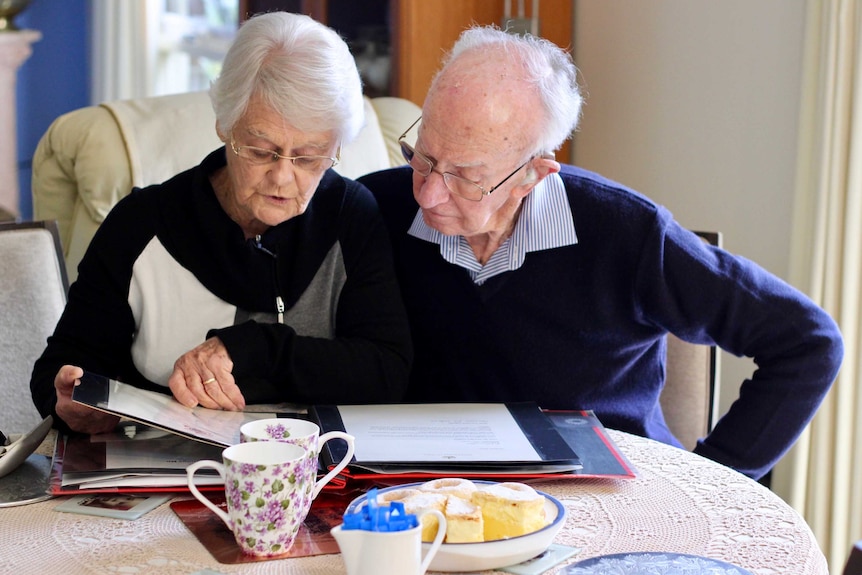As our loved ones age, ensuring their safety becomes a top priority. One of the most significant risks faced by the elderly is the possibility of falling. Fortunately, consumer-grade fall detection devices offer a solution that can ease the worries of family caregivers. These devices are designed to detect falls and alert caregivers in real time, providing peace of mind and potentially saving lives. In this guide, we’ll explore everything you need to know about these remarkable devices.

Understanding Fall Detection Technology
Fall detection technology has come a long way in recent years. These devices use a combination of sensors, algorithms, and sometimes even machine learning to accurately detect when a fall occurs. By understanding the basics of this technology, caregivers can make informed decisions about which device is best for their loved ones.
How Do Fall Detection Devices Work?
Most consumer-grade fall detection devices rely on accelerometers and gyroscopes to monitor movement and detect sudden changes that indicate a fall. When a fall is detected, the device sends an alert to a designated contact, such as a family member or emergency services. This immediate response can significantly reduce the time it takes to provide assistance.
Types of Fall Detection Devices
There are several types of fall detection devices available on the market. These include wearable devices, such as pendants or wristbands, and non-wearable options, like smart home sensors. Each type has its own set of advantages and disadvantages, so it’s essential to consider the specific needs of your loved one when making a choice.
The Benefits of Consumer-Grade Fall Detection Devices
Investing in a fall detection device can provide numerous benefits for both the elderly and their caregivers. These devices not only enhance safety but also promote independence, allowing seniors to live comfortably in their own homes for longer.
Peace of Mind for Caregivers
For family caregivers, knowing that their loved one is protected by a reliable fall detection device can alleviate stress and anxiety. The constant worry about potential falls can be overwhelming, but with a device in place, caregivers can rest assured that they will be notified immediately if a fall occurs.
Increased Independence for Seniors
Many seniors value their independence and wish to remain in their homes as they age. Fall detection devices enable them to do so safely, by providing an added layer of security. This can improve their quality of life and help them maintain a sense of autonomy.
Choosing the Right Device: Key Considerations
With so many options available, selecting the right fall detection device can be daunting. Here are some key factors to consider when making your decision:
Ease of Use
It’s crucial to choose a device that is easy for your loved one to use. Look for devices with simple interfaces and clear instructions. Some devices come with user-friendly apps that make it easy to set up and monitor the device.
Reliability and Accuracy
Ensure that the device you choose is known for its reliability and accuracy. Reading reviews and seeking recommendations from other caregivers can help you find a trustworthy device.
Features and Functionality
Consider the features that are most important for your loved one’s safety. Some devices offer additional functionalities, such as GPS tracking, heart rate monitoring, or even two-way communication. Determine which features will be most beneficial for your situation.
Real-World Applications and Success Stories
There are countless stories of how fall detection devices have made a difference in the lives of seniors and their caregivers. For instance, a study published in Age and Ageing highlights the positive impact these devices have had in reducing response times and improving outcomes after falls.
Additionally, many families have shared personal anecdotes about how fall detection devices have allowed their loved ones to live independently while providing them with peace of mind.
Integrating Fall Detection with Smart Home Technology
For those interested in creating a comprehensive safety net for their loved ones, integrating fall detection devices with other smart home technologies can be highly beneficial. Devices like smart home sensors and elderly care solutions can work together to provide an all-encompassing safety system. This integration can include features like automatic lighting, voice-activated assistants, and more.
Privacy Considerations
While technology offers numerous benefits, it’s essential to consider the privacy implications of using smart devices. Ensure that any devices you choose comply with privacy regulations and offer options for data protection.
Cost and Budgeting
Another important factor to consider is the cost of the device. While some devices may have a higher upfront cost, they can be a worthy investment in the long run. Be sure to factor in any potential subscription fees or ongoing costs associated with the device.

FAQs About Consumer-Grade Fall Detection Devices
Q: Are fall detection devices covered by insurance?
A: Coverage for fall detection devices varies by insurance provider. It’s best to check with your insurance company to determine if these devices are included in your plan.
Q: How often do fall detection devices need to be charged?
A: Charging frequency depends on the device. Some devices have long-lasting batteries that only need to be charged once a week, while others may require daily charging. Always refer to the manufacturer’s guidelines for specific information.
Q: Can fall detection devices be used outside the home?
A: Yes, many devices are designed for use both inside and outside the home. Be sure to choose a device with features like GPS tracking if you need coverage in multiple locations.
In conclusion, consumer-grade fall detection devices are a valuable tool in ensuring the safety and independence of our aging loved ones. By understanding the technology, exploring the benefits, and carefully considering the options available, family caregivers can make informed decisions that bring peace of mind to both themselves and their loved ones.
This article contains affiliate links. We may earn a commission at no extra cost to you.






